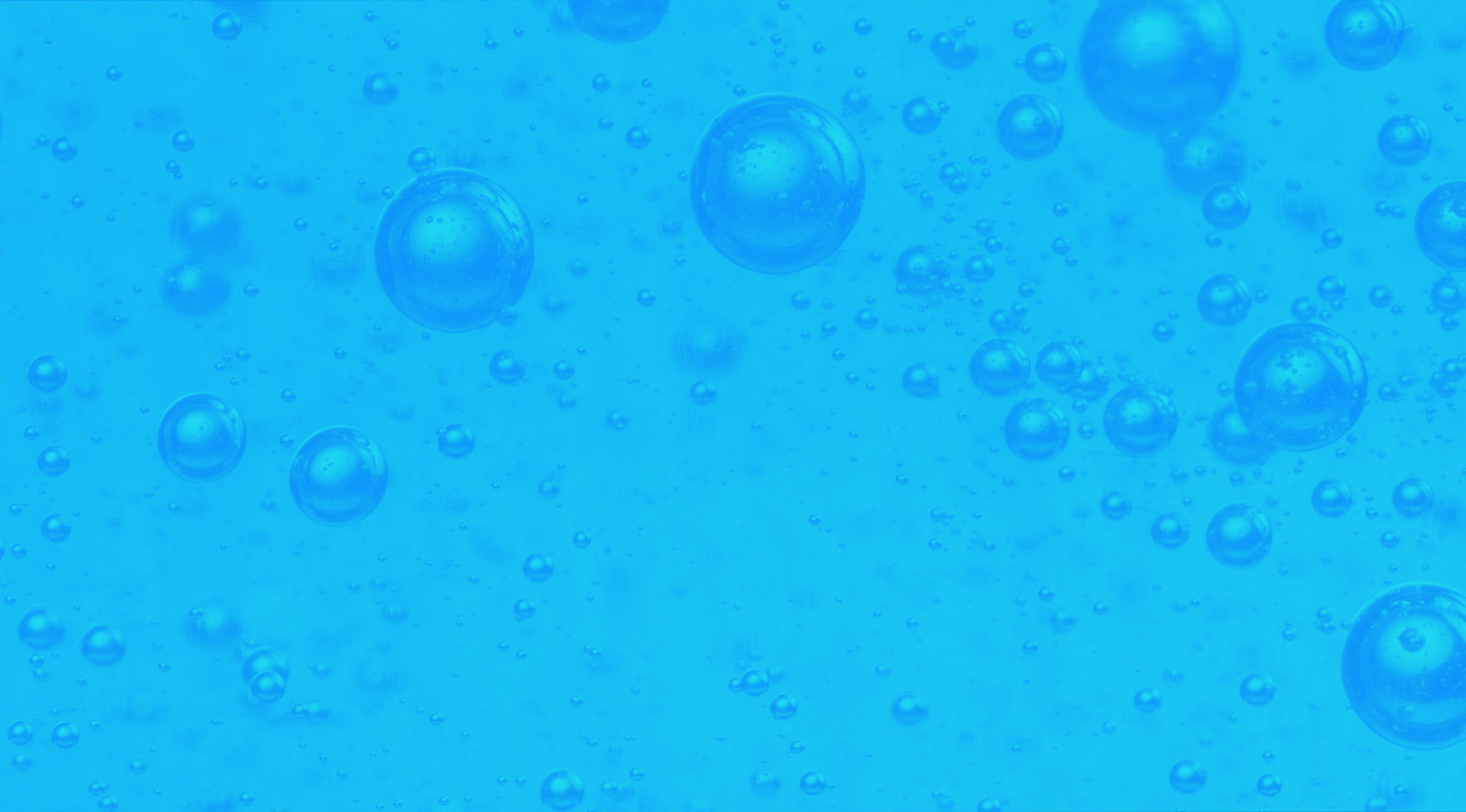Molecular Gastronomy: A How-To Guide for Making Spheres
by Jen Eklund, PhD
This year, attendees at ISB’s Logan Luncheon were served delicious spheres made in a process called direct spherification by chefs from the Barking Frog.
Here, I will share what I’ve learned about making spheres and spherification in my home kitchen. And since I’m part of the ISB Education team, I will push you to engage in some science learning of your own.
What is spherification?
In this case, we are making small, edible, and (hopefully) tasty spheres using alginate derived from seaweed. The spheres form when we drop a solution containing alginate into a solution containing calcium, and the alginate solidifies.
When we make and then eat spheres, we are engaging in an interdisciplinary science investigation: drawing on chemistry to make our solutions and to make sure that conditions are right for our alginate to solidify; drawing on physics and fluid dynamics to make perfect spheres and to make them the size we want them; and drawing on biology to decide what flavors and textures will trigger the right sensory neurons on our tongues.
Equipment you will need
- Measuring spoons (½ teaspoon, 1 teaspoon, 1 tablespoon)
- Measuring cups
- Electric blender, immersion blender, or food processor
- Spoons
- 1 small bowl
- 2-4 medium sized bowls
- 1 container with lid
- Mesh strainer
- Pipette or syringe
Ingredients
- ½ teaspoon sodium alginate
- 1 tablespoon sugar
- 1¼ cup tasty liquid that is not too acidic and doesn’t have too much calcium*
- 1 teaspoon calcium lactate
- 1¼ cup water
- More water for rinsing spheres
* What foods are too acidic? What foods have too much calcium? These are both excellent questions that require more research. Based on my research and experience, citrus juices are too acidic but beet juice isn’t. Milk has too much calcium but the hard water in my home kitchen does not. You will have to do your own research and investigations to get more specific answers. If you want something that will probably work the first time try spices in water.
Day One
Prepare aliginate-tasty-liquid solution:
- In a small bowl mix 1 tablespoon of sugar and ½ teaspoon of sodium alginate solution. This allows the alginate to distribute evenly in your tasty liquid without clumping. Could you try it without sugar? Maybe use salt instead? You could certainly try it. After all, this is your investigation. Just don’t forget that you want it to taste good.
- Put 1¼ tasty liquid in a medium bowl
- Sprinkle the sugar and alginate mixture over the tasty liquid
- Use your electric blender to blend the mixture for 2 minutes. Note: blending time will vary depending on the efficiency of your blender.
- Store the mixture in the refrigerator for 24 hours for best results. But feel free to start investigating sooner. What is the difference between the solution at 1 hour versus the solution at 24 hours?
Day Two
Prepare the calcium lactate solution:
- Measure 1¼ cup water into a medium bowl
- Add 1 teaspoon of calcium lactate
- Stir the solution to dissolve the calcium lactate
Create the spheres:
- Using a syringe or pipette, add the alginate-tasty-liquid solution to the calcium solution one drop at a time, holding the syringe or pipette a couple of inches above the surface of the calcium lactate solution. If you are a budding fluid dynamics specialist, here is where you might want to test your skills. What happens when you drop the solution from different heights? What happens if your calcium lactate bath is really shallow? Can you find other tools that allow you to make really big spheres? Can you make something besides spheres?
- Allow the spheres (or whatever shapes you created) to solidify for at least 1 minute
Wash the spheres:
- The calcium lactate solution doesn’t taste very good, so you are going to want to wash it off of your spheres. Start by pouring the calcium lactate solution and all the newly formed spheres through a mesh strainer, making sure to collect the calcium lactate solution in a second bowl or storage container for later use.
- Rinse the spheres in fresh water — either directly under the tap or by swishing them in a bowl of fresh water.
- Serve the spheres. I’ve mostly just eaten the spheres as is and shared them with others. What fun ideas do you have for serving them? How stable are they? Will they hold up to heat in a soup? Too cold on an ice cream sundae?
- If you aren’t eating the spheres right away, you can store them in water, or the original tasty liquid (without the alginate). Or you could experiment with something else? Do you notice any difference between spheres you eat immediately and spheres you store for a while?
I hope your investigations into sphere making are successful. But if not, I hope you keep at it. Even after plenty of reading, I failed several times before I finally made a successful batch of spheres. And it was another couple of batches before they tasted good. But like all good scientists, it isn’t how often I fail, it’s how much I learn from the failures.
I hope what I learned helps you.
Jen Eklund, PhD, is Education Liaison with ISB Education. Jen is a critical part of the team that strives to make quality STEM education a reality for every student, regardless of race, gender or socioeconomic status. Learn more about her work here.



